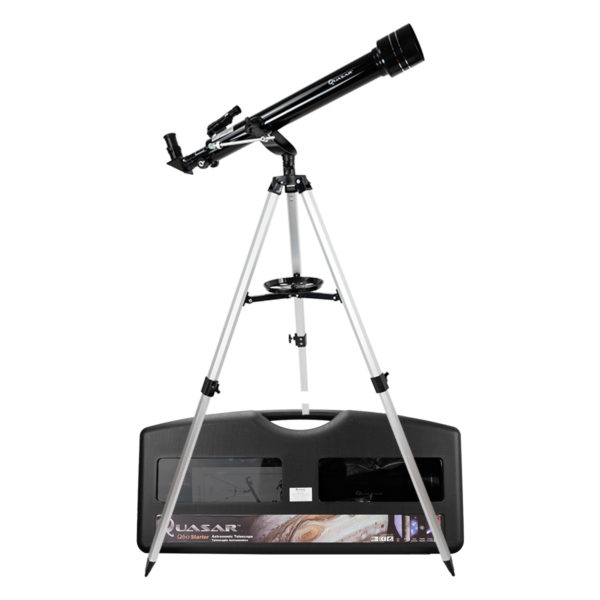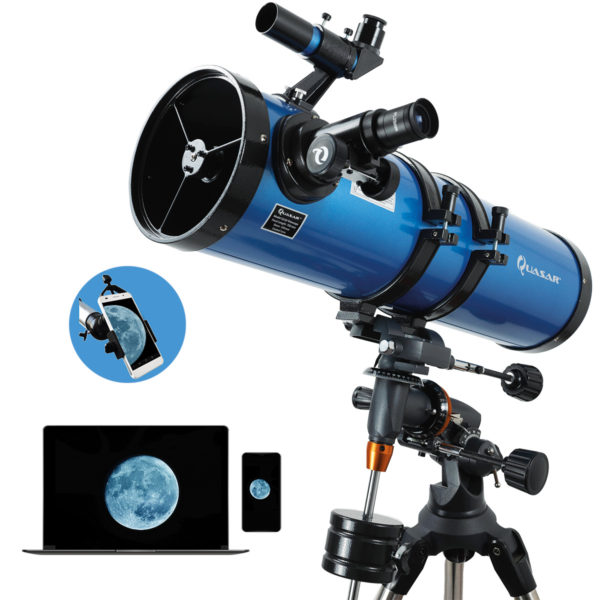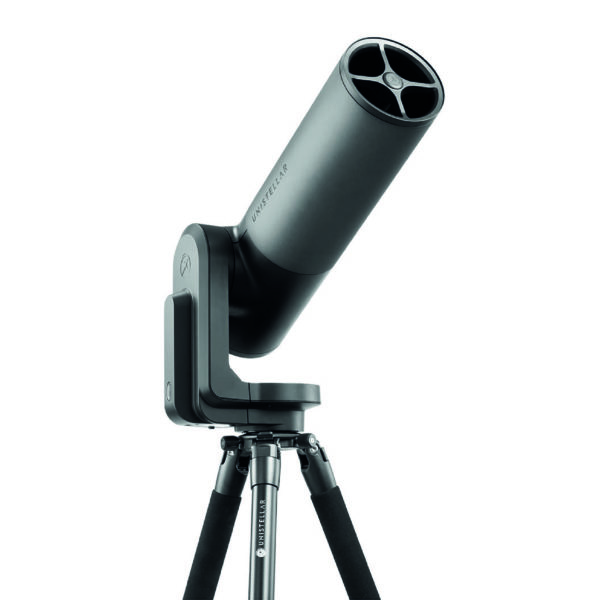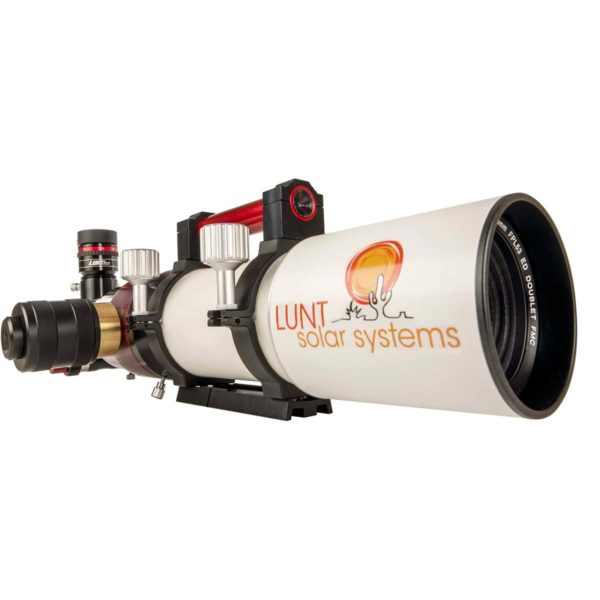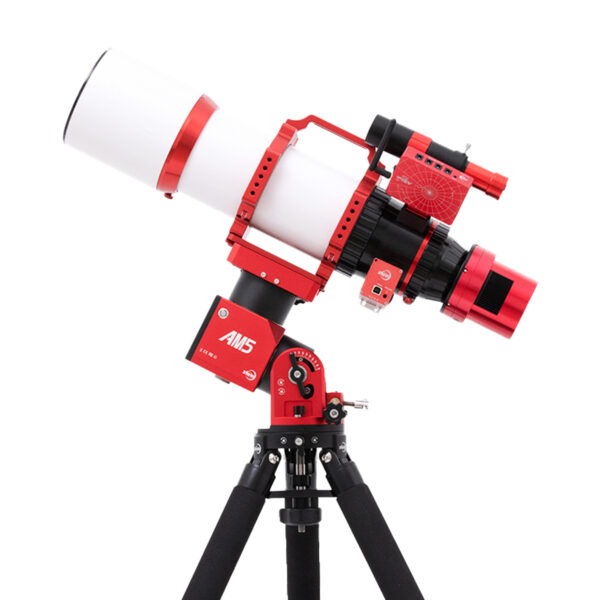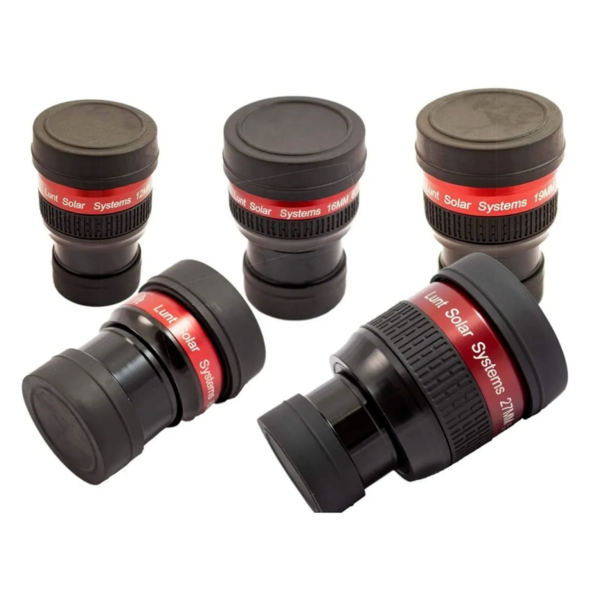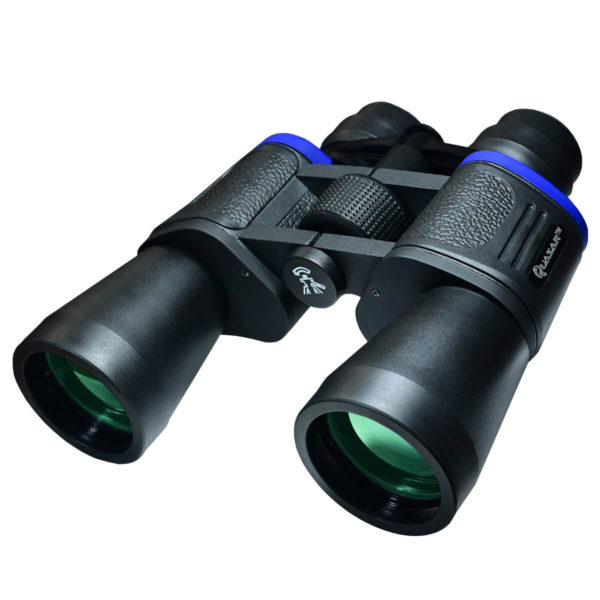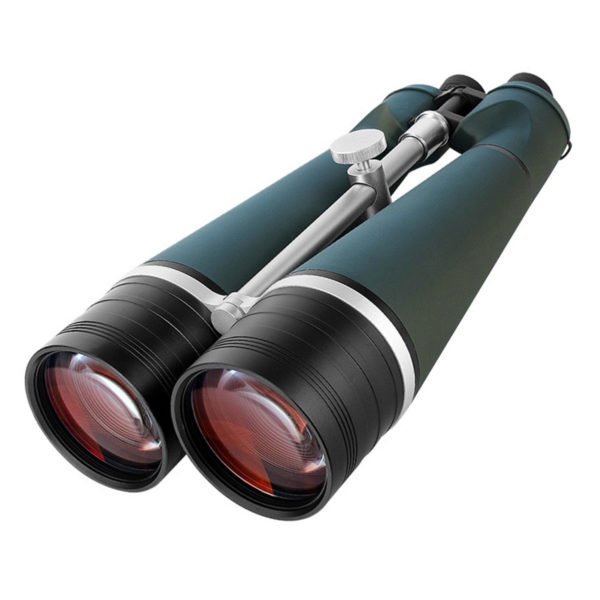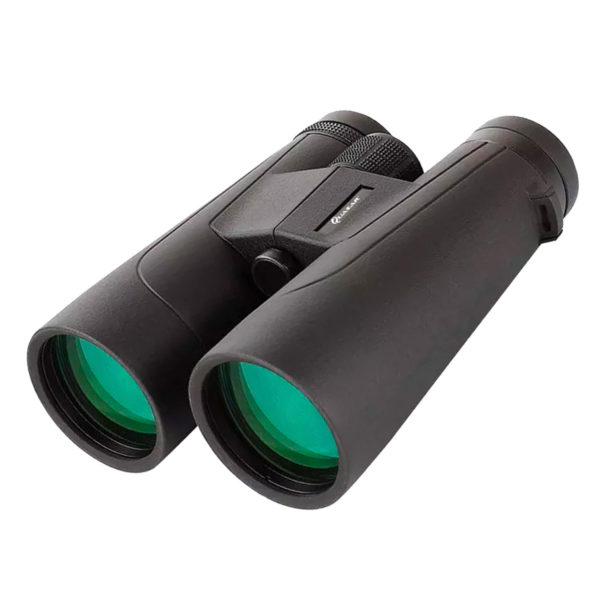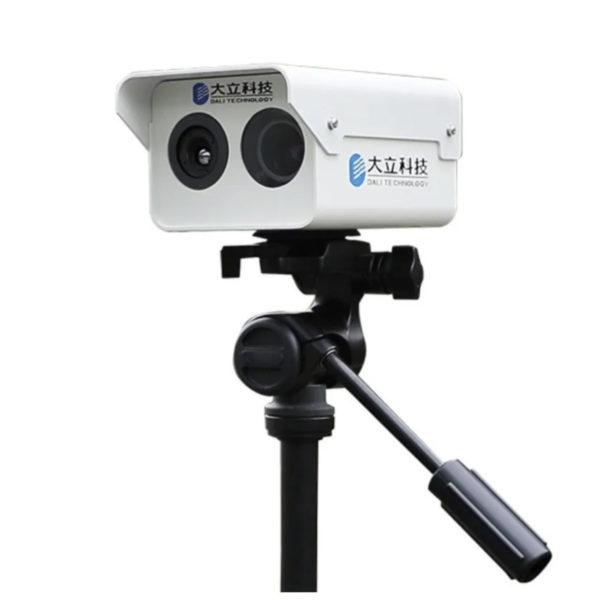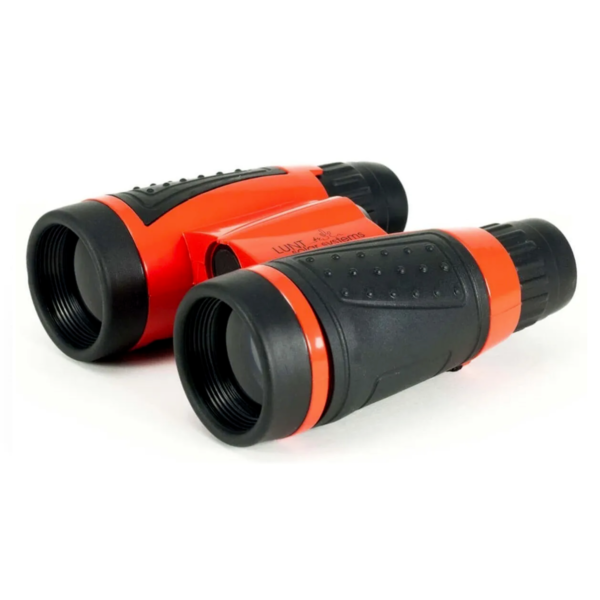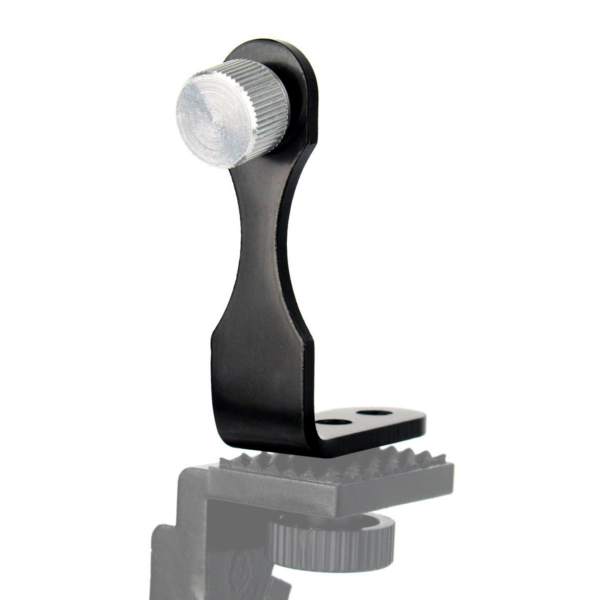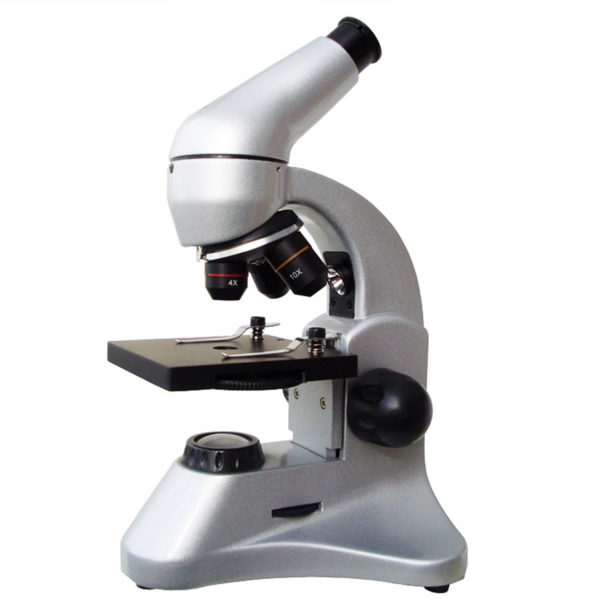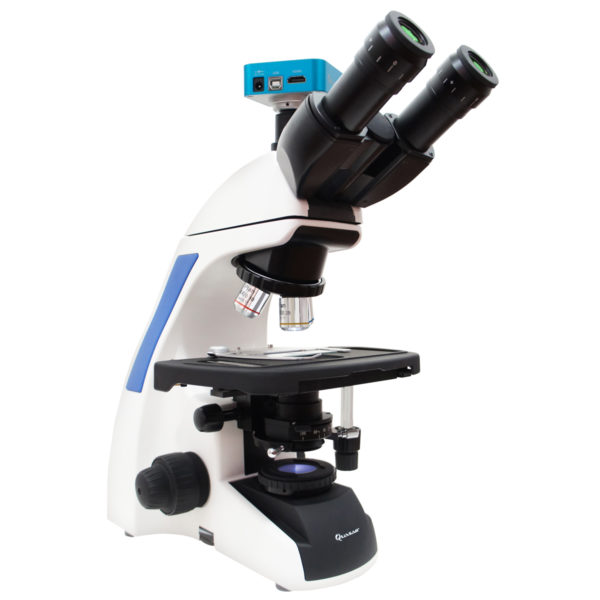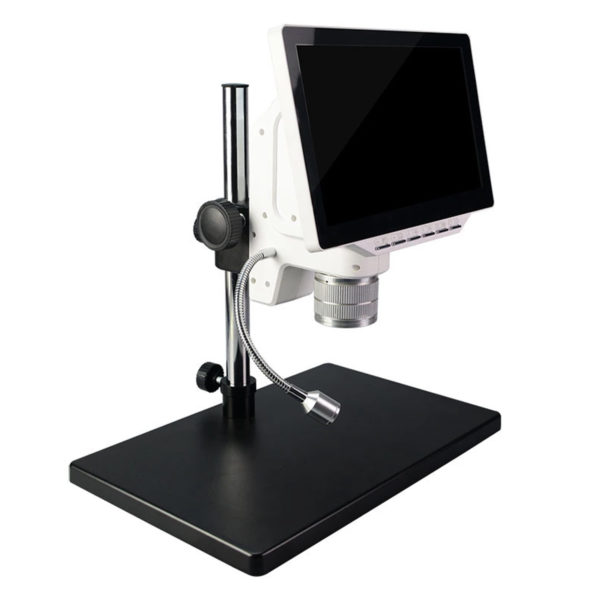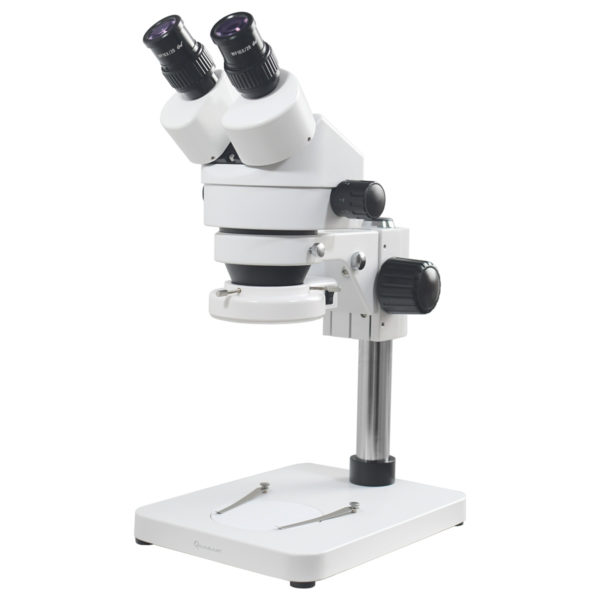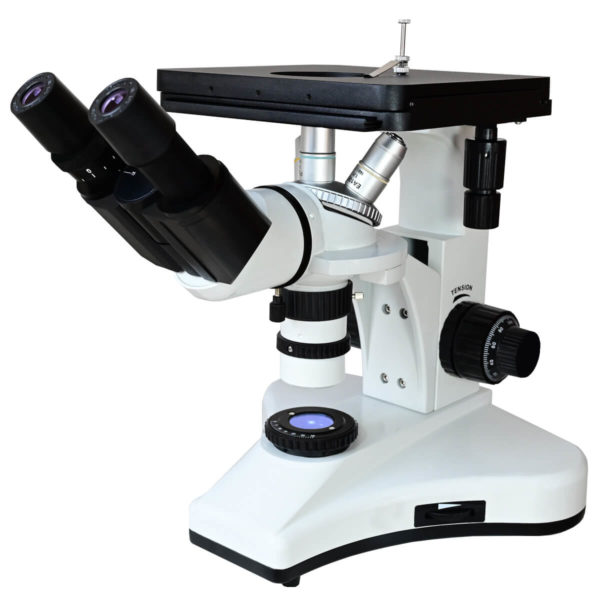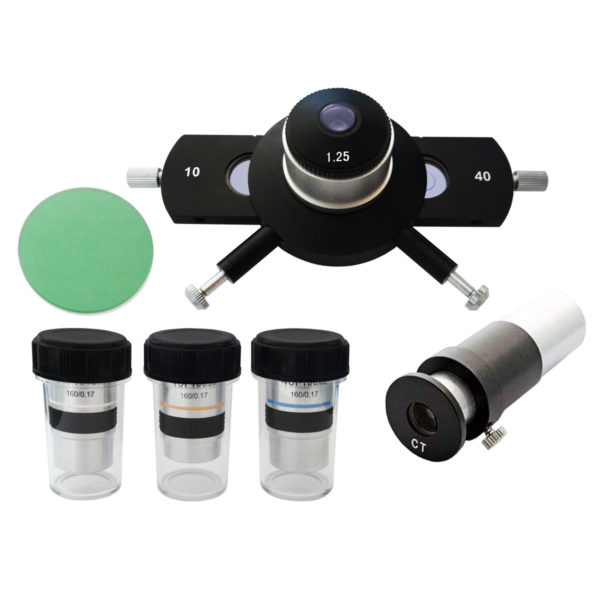If we told you that you could help NASA search for Exoplanets?
Well, here’s the gossip, it has been confirmed the existence of more than 5000 exoplanets in the solar system, there are of all flavors and colors, it is believed that there could be many more but not yet discovered.
This is where you come in, with the Exoplanet watch project. For that you can use your telescope, or that of your friends, to detect exoplanets outside our solar system.
If you don’t have a telescope and you still want to help, let me tell you that you can do it, you just have to search for exoplanets in the data from other telescopes using a computer or a smartphone, so don’t be in a hurry you can participate even without a telescope.
Exoplanet observation began in 2018 under the name NASA Learning Universe, one of the many programs of NASA’s Science Activation Network. These programs allow anyone to see firsthand how scientific research is conducted, and help people discover the universe for themselves.
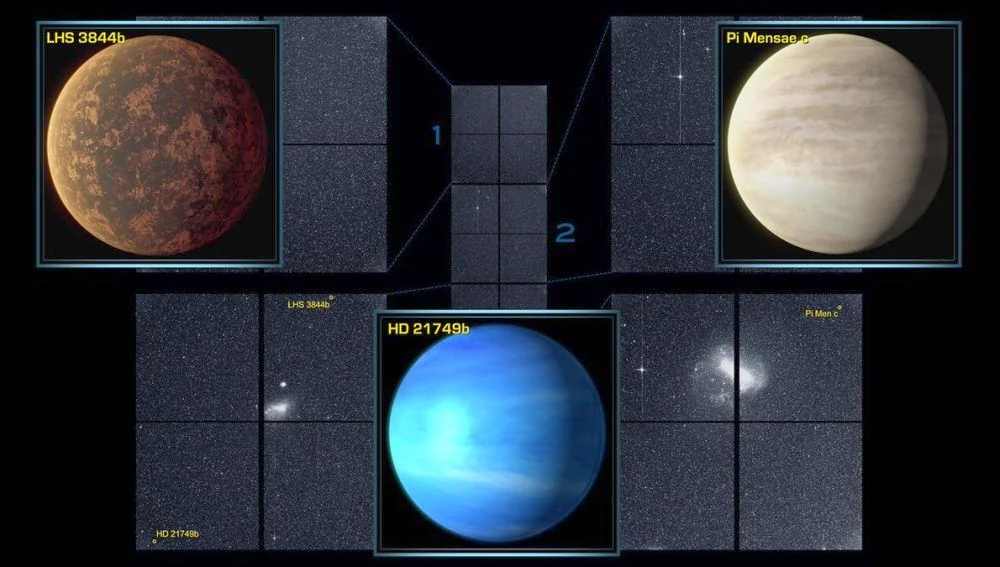
If you want to participate, you only have to follow the instructions on the Web site: https://exoplanets.nasa.gov/exoplanet-watch/exotic/welcome/. Just keep in mind that the instructions are in English so we recommend an acceptable level so that you do not have difficulties, and do not forget a dictionary just in case; now the data are in the cloud and you can download them to your computer for you to evaluate them with a customized data analysis tool.
Rob Zellem creator of this program says that you can learn in a simple way to track exoplanets and make an analysis with the software provided by NASA, follow the instructions on the page mentioned above is for everyone, the only difference will be how to enter the data from your telescope.
In the case of those who do not have a telescope, they will make use of one from NASA in Tucson, Arizona, for those who have a telescope and want to support, we inform you that this is the year in which we began to collect information from the participants, so there is still time for you to enter.
As we mentioned in past notes, exoplanets are planets that are outside our solar system, and are detected with star transit patterns, that is, they pass in front of the star, and we see how long it takes to pass again and so on to obtain the time it takes to orbit its parent star.
Those seeking to participate should also look for variations in the apparent brightness of stars, which are caused by features such as flare (bursts of light), starspots (dark spots on the surface of a star), and the aforementioned transient measurements.
This will help scientists anticipate the variability of a particular star before studying its exoplanets with larger telescopes.
We know that the quality will vary depending on the size of the telescope you use, but you should not worry about a minimum requirement, but we recommend a 114mm, although you will have a better result with a 150mm.
It is advisable the combined observation of targets by different participants, in order to have a better fidelity, such a combination of observations is also useful to measure the transit of planets, so you can check the time with other participants.
And finally, one of the policies of the program states that the first chapter of the scientific article will make use of the observations of the volunteers, who will be given the title of co-authors.
This article was a little longer than expected, but I think it was worth to explain a little more, if you are interested do not wait any longer and click on the link above or in the one below.https://exoplanets.nasa.gov/exoplanet-watch/exotic/welcome/



